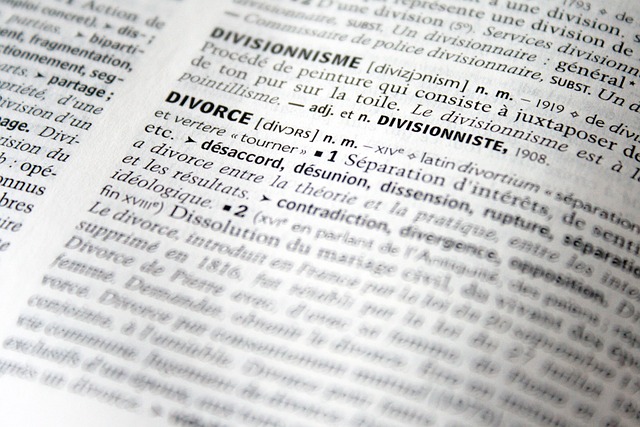In wrongful death cases, therapy records are crucial for quantifying pain and suffering compensation due to their detailed insights into survivors' emotional journeys. These records, along with medical evidence from healthcare visits, provide concrete proof of physical and emotional distress, aiding lawyers in establishing fair claims for families through homeowner insurance. A strategic approach involves organizing records chronologically, documenting mental health changes, medications, and treatments to demonstrate psychological harm. This comprehensive strategy can also reveal breaches of duty, particularly in negligence cases.
In the complex landscape of compensation claims, especially those involving wrongful death and pain and suffering, therapy records emerge as invaluable assets. This article navigates the intricate process of utilizing these records in legal proceedings. We delve into the significance of medical evidence, particularly in wrongful death cases, and explore effective strategies for presenting therapy records to enhance claim strength. Understanding how these documents can impact compensation is crucial for both claimants and legal professionals alike.
- Understanding Therapy Records in Compensation Claims
- The Role of Medical Evidence in Wrongful Death Cases
- Strategies for Utilizing Therapy Records Effectively
Understanding Therapy Records in Compensation Claims

Understanding Therapy Records in Compensation Claims
In wrongful death pain and suffering compensation claims, therapy records play a pivotal role in quantifying the emotional distress experienced by survivors. These records provide detailed accounts of the patient’s mental state, treatment history, and progress over time. For instance, psychotherapists’ notes can document feelings of grief, anxiety, and depression stemming from the loss, offering concrete evidence to support claims for psychological damages. This is particularly crucial in cases involving caregiver abuse or negligence, where therapy records can shed light on pre-existing conditions and the exacerbation of symptoms due to the traumatic events.
Therapy records also serve as a comprehensive resource for assessing the severity and duration of emotional impairments. They include diagnoses, treatment plans, and evaluations that help legal professionals and insurance adjusters determine an appropriate injury compensation. By thoroughly reviewing these records, experts can differentiate between pre-incident mental health conditions and those arising from the traumatic event, ensuring fair and accurate assessments in wrongful death cases.
The Role of Medical Evidence in Wrongful Death Cases

In wrongful death cases, medical evidence plays a pivotal role in quantifying and justifying compensation for pain and suffering. When an individual loses their life due to another party’s negligence or intentional act, documenting the extent of physical and emotional distress experienced by the victim is essential. Medical records, including those from emergency rooms, hospitals, and regular visits to healthcare providers, serve as concrete evidence to support claims of wrongful death. These records detail the nature and severity of injuries, the duration of medical treatment, and any long-term effects or disabilities resulting from the incident.
An accident lawyer or accident attorney, experienced in handling such cases, understands the importance of these detailed reports. They help establish a clear picture of the victim’s suffering, both immediately after the accident and during their recovery or rehabilitation process. This information is crucial when dealing with homeowner insurance claims for wrongful death pain and suffering compensation, ensuring that the victims’ families receive fair and just reimbursement for the irreplaceable loss they have endured.
Strategies for Utilizing Therapy Records Effectively

When utilizing therapy records for compensation claims, especially involving wrongful death pain and suffering, it’s crucial to employ strategic approaches. Start by organizing the records chronologically, highlighting key events and symptoms associated with the incident. This structured approach aids in presenting a clear narrative to an accident attorney, enhancing the claim’s credibility.
Additionally, focus on quantifying the emotional distress through detailed descriptions of therapy sessions. Note any changes in mental health status, medications prescribed, and specific treatments received. These insights can help demonstrate the extent of psychological harm, strengthening property damage claims. Remember, documenting the progression of symptoms and adherence to treatment plans may also shed light on fiduciary duty breaches, especially if negligence is suspected.
In navigating complex compensation claims, especially those involving wrongful death and pain and suffering, therapy records play a pivotal role in presenting a comprehensive case. By understanding their significance and employing effective strategies to utilize this medical evidence, legal professionals can ensure a robust and compelling argument. This article has explored the various aspects of using therapy records, from their definition to their impact on wrongful death cases, offering practical insights for maximizing their potential in compensation claims.






